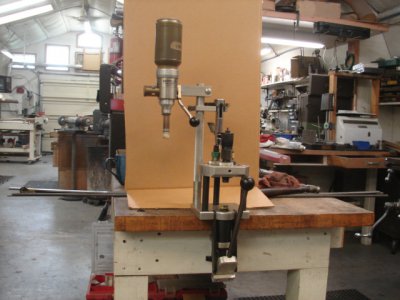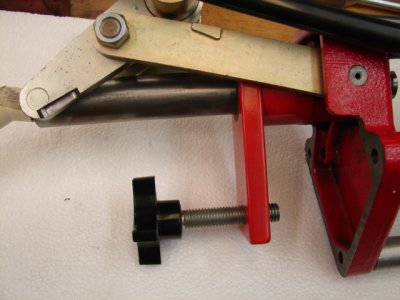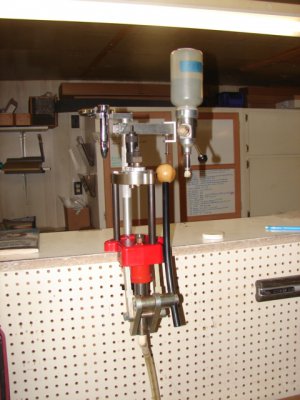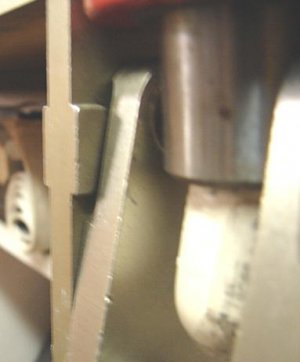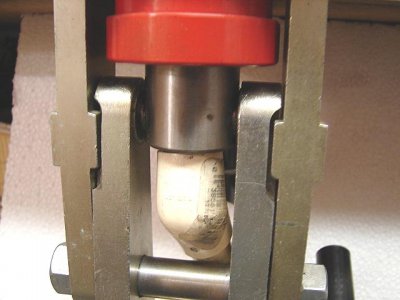- Joined
- Dec 29, 2013
- Messages
- 284
I have been through a few presses from an old cast iron Herters that was passed down to me until it broke to what I currently use, the Forester Coax. I really like that press. However, like it sound like you are, I'm always thinking that something could be better.
Then just the other day i stumbled onto this. At $1200, no way i will buy one but they go into detail in their video and i suspect they will more once they make more videos of it. It looks to be well engineered to minimize the issues I'd try to fix if I built one. I'm just kicking it around right now, but seriously contemplating trying to build something similar.
Then just the other day i stumbled onto this. At $1200, no way i will buy one but they go into detail in their video and i suspect they will more once they make more videos of it. It looks to be well engineered to minimize the issues I'd try to fix if I built one. I'm just kicking it around right now, but seriously contemplating trying to build something similar.


